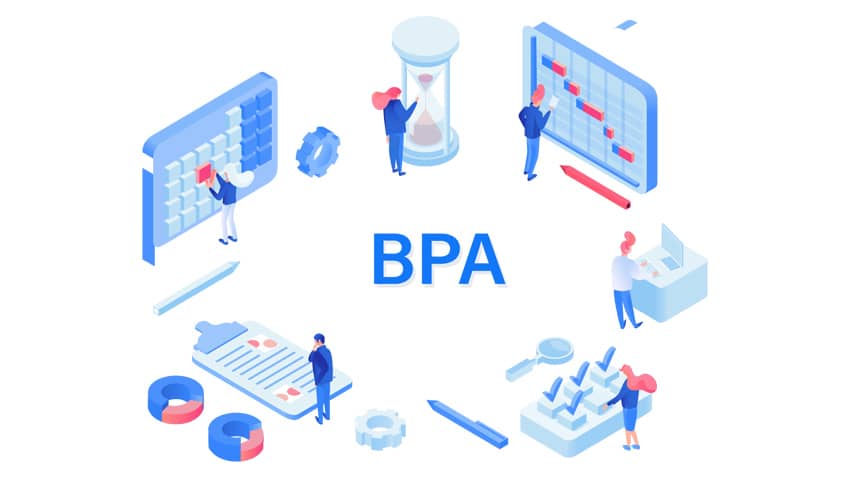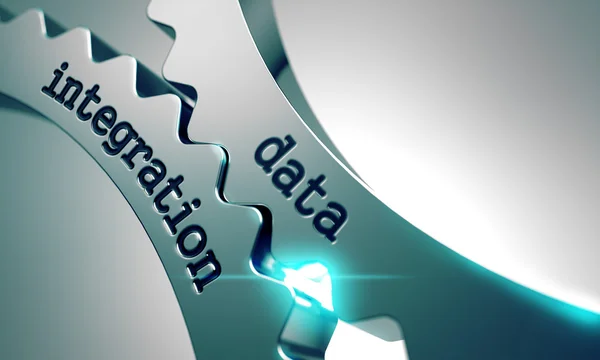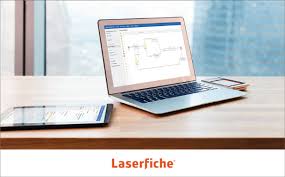If you are still using paper processes to manage your documents and records, you may be missing out on some significant benefits of switching to an electronic document and records management (EDRM) system. EDRM can help you save money, time, space, and resources, while also improving your efficiency, accuracy, and compliance. In this blog post, we will show you how EDRM can deliver a high return on investment (ROI) for your organization, using some industry figures as examples.
First, let’s look at how much money you can save by using EDRM instead of paper processes. According to Gartner’s research, paper and its associated processes can waste as much as 3% of a business’s revenue. This includes the costs of materials like paper, ink, and postage, as well as the costs of storage, labor, and errors. For instance, if your business has an annual revenue of $10 million, you could be spending $300,000 on paper-related expenses every year.
EDRM can help you reduce or eliminate these costs by digitizing your data and workflows. You can store all your documents and records in a secure cloud-based system that is accessible from any device, anywhere. You can also automate your document creation, distribution, approval, and archiving processes, saving you time and effort. By doing so, you can avoid the risks of losing, misplacing, or damaging your paper documents and records, which can result in fines, penalties, or lawsuits.
To illustrate this point, let’s assume that your organization handles 10,000 documents per month, each with an average of 10 pages. If you use paper processes, you would need to print, copy, mail, file, and store these documents. Based on some industry averages, this would cost you about $0.13 per page for printing and copying, $0.55 per document for mailing, $0.25 per document for filing, and $0.03 per page for storage. This adds up to a total cost of $23,500 per month or $282,000 per year.
If you use EDRM instead of paper processes, you would only need to scan and upload these documents to your system. Based on some industry averages, this would cost you about $0.05 per page for scanning and $0.01 per page for storage. This adds up to a total cost of $6,000 per month or $72,000 per year. By comparing these two scenarios, you can see that EDRM can save you $17,500 per month or $210,000 per year in document-related expenses. That’s a 74% reduction in costs!
Secondly, let’s look at how much time you can save by using EDRM instead of paper processes. Paper processes are slow and inefficient because they involve manual filing, paper shuffling, and searching through filing cabinets or email chains for information. These steps add minimal value to the business and result in wasted time. According to some studies, executives waste six weeks per year searching for lost documents; 59% of middle managers miss important information almost every day due to accessibility; and 15% of all paper handled in businesses is lost and 30% of all employees’ time is spent trying to find lost documents.
EDRM can help you optimize your time management by storing all your documents and records in one central location that is searchable by keywords, metadata, or full-text. This enables users to quickly find and retrieve the information they need to complete their work while eliminating the risk of losing documents. EDRM technology like Laserfiche can also be paired with workflow automation that reduces time spent managing approvals and routing documents. This means drawn-out processes like invoice processing or contract signing can be fully automated, eliminating the lag time that exists with manual processes.
To illustrate costs associated with time wasted, let’s again assume that your organization handles 10, 000 documents per month, each with an average of 10 pages. If you use paper processes, you would need to spend an average of 5 minutes per document for filing, 5 minutes per document for searching, and 10 minutes per document for approval. Based on an average hourly wage of $25, this would cost you about $0.21 per minute or $12.50 per hour for labor. This adds up to a total cost of $250,000 per month or $3 million per year in labor expenses.
If you use EDRM instead of paper processes, you would only need to spend an average of 1 minute per document for scanning, 1 minute per document for searching, and 2 minutes per document for approval.
Based on an average hourly wage of $25, this would cost you about $0.21 per minute or $12.50 per hour for labor. This adds up to a total cost of $50,000 per month or $600,000 per year in labor expenses. By comparing these two scenarios, you can see that EDRM can save you $200,000 per month or $2.4 million per year in labor expenses. That’s an 80% reduction in costs!
As you can see from these examples, EDRM can provide a significant ROI for your organization by saving you money and time on document and records management. But that’s not all. EDRM can also help you save space and resources by reducing your physical storage needs; improve your efficiency and accuracy by streamlining your workflows and eliminating errors; and enhance your compliance and security by ensuring your documents and records are up to date, backed up, and protected from unauthorized access or modification.
If you are interested in learning more about how EDRM can benefit your organization, please contact us today for a free consultation and demo. We would love to show you how Laserfiche Document and Records Management can help you transform your paper processes into digital solutions.





